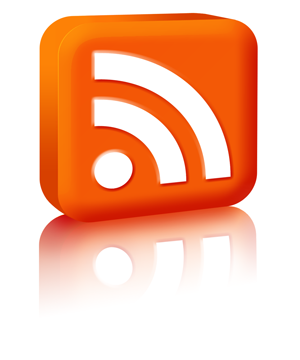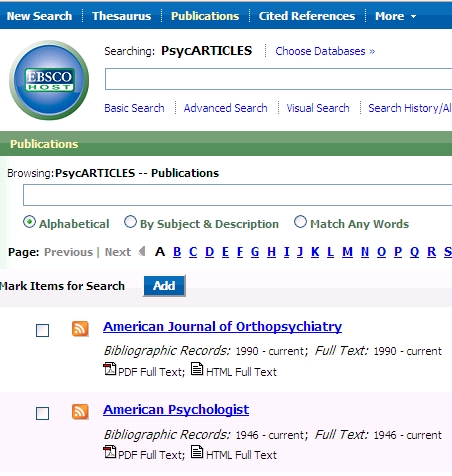[Update 3/29/2013: While the information in this post is still good, I’ve written a general post about RSS that uses Feedly for illustration. You can find it here.]
[Update 3/17/2013: While Google Reader, discussed below, will be shut down July 1, 2013, RSS is still very much alive. See this blog post to read about a couple other RSS feed readers.]
How many websites do you visit a day? When do you find time to go into your college library’s database to look at what’s new in your professional journals?
Wouldn’t it be nice if you had your own personal web-butler? You know, someone who could go visit all of those sites and databases and let you know if there’s anything there you might be interested in? Ah yes, kick back with your $4 cup of Starbucks coffee, snap your fingers, and your own personal web-butler brings you your news. Yeah, that would be nice… <sigh>
Good news! Meet your web-butler: Google Reader.
In fact, there are many different web-butlers at your service, collectively they are called RSS feed readers or news aggregators, but I think web-butler has a certain ring to it. Some are web-based, like Google Reader. Others are software you download to your computer. Actually, you probably already have a feed reader. MS Outlook and Firefox, for instance, both can read RSS feeds. In Outlook, you can find “RSS feed” below your inbox, just above your “sent items” folder. In Firefox, they’re called “live bookmarks.”
Lots of webpages have implemented RSS feeds, content that is readily readable by RSS feed readers. Many post this sporty little icon:

[For the curious, RSS is an abbreviation for Really Simple Syndication. And it is really simple. So simple, in fact, you don’t need to know how it works. Just trust your web-butler to handle it.
In the end, which RSS feed reader you choose comes down to personal preference. Is it easy for you to use? Great! You’ve found the one for you!
I like a web-based feed reader because I can access it from my work computer or my home computer… or my Wii, if I’m so inclined. The downside to most web-based readers is that you have to have internet access to read your news feeds. One of the reasons I like Google Reader is that I can read my news feeds offline by using Google Gears, an addin for Firefox and IE. When I reconnect to the internet, Google Reader takes the information from my computer and updates my feeds on their site. For instance, at the airport before boarding, I visit my Google Reader page so my computer has the most up-to-date feeds, then I click a little button, and it switches me to offline use. Once we reach our cruising altitude, I get caught up on the news, blogs, etc. I even can mark articles from my professional journals that I’d like to read later.
Since Google Reader is the one that works best for me, I’ll be talking about how you can get set up with it. But all readers work in basically the same way. Subscribe to a news feed. Read the news feed.
Here’s the one-minute overview courtesy of Google Reader:
[youtube=http://www.youtube.com/watch?v=VSPZ2Uu_X3Y]

On the left you can see some of the feeds I’m subscribed to. The ones in bold are the ones with unread content; the number in parentheses tells me how many unread items are in that feed. On the right is content from some of my unread feeds.
A lot of faculty are unaware that their library’s databases have RSS feeds. For instance, in the image above, I have an “APA” folder that has two APA journals in it. Google Reader retrieves each journal’s table of contents giving me the title, author, journal info and some journals even give me the abstract. Clicking the article title takes me directly to the article in my library’s database.
To subscribe, visit your library’s website, and open your favorite database. Locate the journals, magazines, or newspapers you are interested, and look for the orange RSS icon.

Click the icon. An additional box may pop up and you may need to click the feed link to get to the page where you click the button to add to Google Reader. Alternatively, you can copy the feed URL, go to Google Reader and click the blue “Add a subscription” button, then paste in the URL.
If you find this blog helpful, consider adding it your feed reader. Just click the RSS icon on this page!
A word of warning. Do not feel like have to read everything! Your RSS feed reader is not going to pass judgment on you if you don’t read absolutely everything it brings you. Think of this as your personalized newspaper, but just like any newspaper, you are not going to read everything. And that’s okay!
Oh, one more thing. People often wonder how you delete individual items inside a news feed. In Google Reader, you don’t. They just get marked as read when you read them. That means that everything that came to you in a news feed in Google Reader is searchable.
Use Google Reader for work, but don’t forget to have a little fun!


